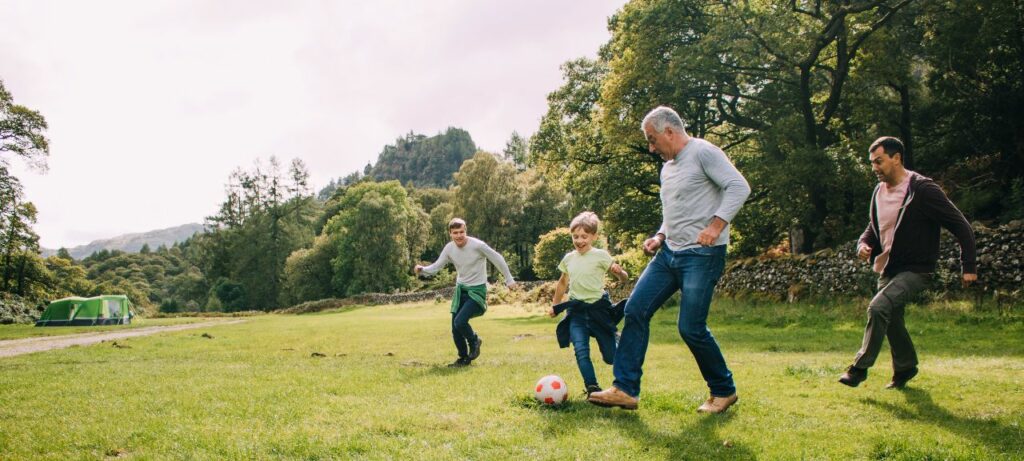The urban paradox
Living in small, medium or large cities today does not automatically mean better life conditions, despite the fact that there are more and better services available and wider opportunities. According to UNICEF, “the poorest urban children in 1 in 4 countries are more likely to die before their fifth birthday than the poorest children in rural areas. And the poorest urban children in 1 in 6 countries are less likely to complete primary school than their counterparts in rural areas. This reversal of the ‘urban advantage’ is called the ‘urban paradox’” (1). In practice, the ‘urban paradox’ means that the wealth and services available in cities are not equally shared or enjoyed.
Living in poverty
In practice, what the ‘urban paradox’ is showing us, is that despite living in urban settlements, children are experiencing and growing in poverty and other adverse life conditions. It is estimated that “today, approximately 1 billion people are estimated to live in slums, the worst form of informal settlement, and hundreds of millions of them are children under 18. Based on current trends, those numbers are likely to triple by 2050” (1).
The violation of child rights
Many child rights are increasingly being violated in cities, preventing children from growing up with the conditions and opportunities necessary to their development and well-being. Local governments have the responsibility to assess the situation of children locally, to understand the experiences of children, identify the problems and gaps and address them accordingly. Below are some examples of the types of child rights violations that children are experiencing in cities today. These violations may be exacerbated in accordance to where the children live, if they experience violence in the home or neighbourhood, if they come from a minority background or other conditions. Adverse childhood conditions and the violation of child rights should be taken seriously into account by all governments due to the long-term impact they have on children’s development and well-being. It is also an infringement of children’s rights and governments’ obligations as duty bearers to the Convention on the Rights of the Child, other human rights treaties and international commitments, such as the SDGs.
Right to an adequate standard of living: Strictly connected to the issues highlighted above is the violation of children’s right to an adequate standard of living (article 27 of the Convention). Child poverty affects children at the global level, including those living in rich countries, many of which live in cities. In accordance to the lates UNICEF Report Card 18, more than 1 in 4 children lives in poverty in Bulgaria, Colombia, Italy, Mexico, Romania, Spain, Türkiye and the United States of America and over a period of seven years, France, Iceland, Norway and Switzerland saw increases in child poverty of at least 10 per cent and in the United Kingdom, child poverty increased by about 20 per cent (2).
Housing has become ever more unaffordable in cities, pushing families to live in overcrowded houses or in neighbourhoods that may not provide appropriate living conditions. Unsafe settlements, such as slums, are also growing fast and with the number of conflicts and increasing number of refugees, including those due to the climate crisis, the tendency is for these types of settlements to grow even further.
Right to education: According to the statistical authorities, Brazil’s largest favela or slum is situated in the Federal District, one of the smallest regions of the country where the capital Brasilia is located and it includes 32,081 households. Of the 11,753 children aged 0 to 6 living in the favela Sol Nascente, 7,707 do not attend either school or nursery (3). In other words, 65.6% of the children aged 0-6 years is not included in the education system. According to a study by a national institute, among children from 0 to 6 not attending nursery/daycare/school, the main reason given by caregivers was not being able to find a place in a public school – 30.8% in the Federal District and 38.9% in the lower-middle income administrative regions (4).
Even in rich countries, the better schools are often private and afforded only by a small and ever-increasingly rich minority, including early education institutions. Teachers are also less likely to accept work in public schools if this means dealing with “difficult” children or working in dangerous neighbourhoods, questioning not only the accessibility to education, but also its quality.
Right to play: Less and less children are playing outdoors, because many parents consider cities unsafe. It is not uncommon to walk through a city and not seeing a child walking to or from school and few groups of school-aged children hanging around on their own. Cities, effectively, do not belong to children. They are not planned with their needs, characteristics or views taken into account and therefore do not represent them or cater to them effectively.
These are some of the rights that may be violated and can be addressed through better governance, by adopting a child rights-based approach.
(1) UNICEF (2018) Advantage or Paradox: The challenge for children and young people of growing up urban
(2) UNICEF (2023) Child Poverty in the Midst of Wealth. Innocenti Report Card 18
(3) Pesquisa Distrital por Amostra de Domicílios. PDAD 2021 – Distrito Federal
(4) Instituto de Pesquisa e Estatística do Distrito Federal – IPEDF (20239) “Desenvolvimento Infantil e Parentalidades no Distrito Federal”




